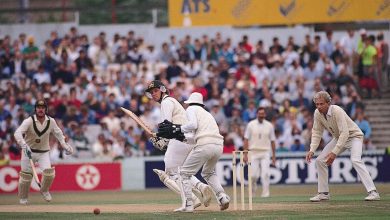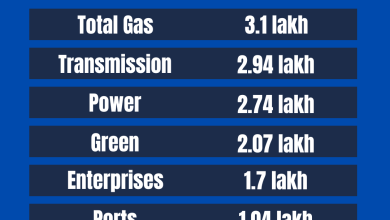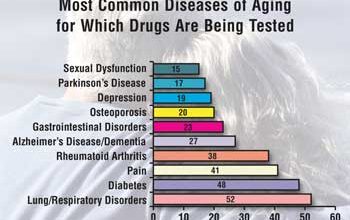Detailed Introduction to the Country of the North German Union: A Comprehensive Guide
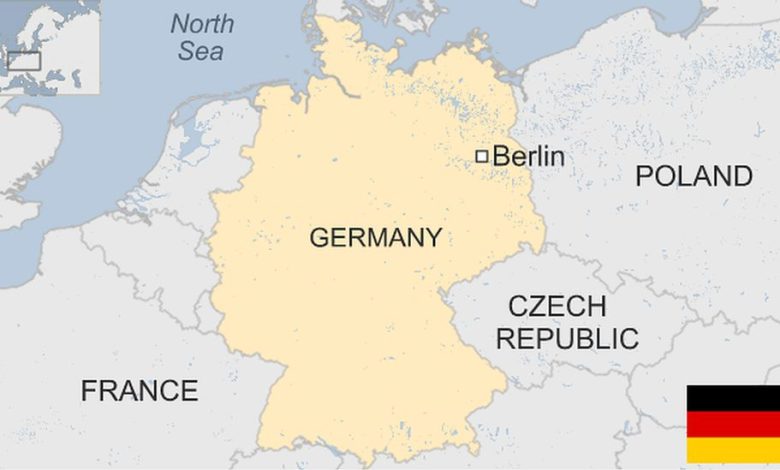
History of the North German Union
The North German Union was formed in 1866. It was a confederation of northern German states. The union was led by Prussia. It was a key step towards the unification of Germany. The North German Union lasted until 1871. It then became part of the German Empire.
Geography of the North German Union
The North German Union was located in northern Germany. It included states like Prussia, Saxony, and Hanover. The region had a mix of landscapes. There were mountains, forests, and rivers. The Elbe River was one of the major rivers in the union. The North Sea bordered the union to the northwest.
Culture and Traditions
The culture of the North German Union was diverse. It had influences from various German states. The people spoke German. They celebrated traditional festivals. Christmas and Easter were important holidays. Folk music and dances were popular. People wore traditional clothing during festivals.

Credit: en.wikipedia.org
Economy of the North German Union
The economy was strong and diverse. Agriculture was important. People grew crops like wheat and barley. Industry was also significant. There were factories and workshops. The region produced textiles, machinery, and chemicals. Trade was vital to the economy. The North German Union traded with other European countries.
Government and Politics
The North German Union had a federal government. Each state had its own government. Prussia was the most powerful state. The union had a constitution. It outlined the rights and duties of citizens. The union also had a parliament. It was called the Reichstag. The parliament made laws and policies.
Education in the North German Union
Education was important in the North German Union. Children went to school. They learned reading, writing, and math. There were also universities. Students studied subjects like science, engineering, and law. Education helped people get good jobs. It also helped the economy grow.
Transportation and Infrastructure
The North German Union had good transportation. There were roads and railways. Trains were a popular way to travel. They connected cities and towns. The region also had ports. Ships carried goods and people. The transportation system helped trade and travel.
Military and Defense
The North German Union had a strong military. Prussia led the military. The union had an army and a navy. Soldiers were well-trained. They protected the union from enemies. The military also helped in times of crisis. It provided aid during natural disasters.
Famous Landmarks and Places
- Berlin: The capital city of Prussia and the union.
- Hamburg: A major port city with a rich history.
- Dresden: Known for its beautiful architecture.
- Leipzig: Famous for its music and trade fairs.
- Hanover: A city with royal palaces and gardens.
Food and Cuisine
The cuisine of the North German Union was hearty and delicious. People enjoyed meat, potatoes, and bread. Popular dishes included sausages, schnitzel, and sauerkraut. Desserts were also loved. Cakes and pastries were common. Beer was a popular drink. Each region had its own special recipes.
Religion and Beliefs
Religion was important in the North German Union. Most people were Protestant. There were also Catholics and Jews. Churches were central to community life. They hosted services and events. Religion influenced culture and traditions. People celebrated religious holidays with joy.
Arts and Literature
The North German Union had a rich artistic heritage. Many famous artists and writers came from this region. They created beautiful paintings and sculptures. Literature was also important. Writers wrote stories, poems, and plays. The arts were celebrated and enjoyed by many.
Sports and Recreation
Sports were popular in the North German Union. People enjoyed outdoor activities. Football (soccer) was a favorite sport. People also liked hiking and cycling. There were many parks and forests. These places were perfect for recreation. Sports brought people together.
Healthcare System
The healthcare system in the North German Union was advanced. There were hospitals and clinics. Doctors and nurses provided care. People received treatment for illnesses. Vaccinations helped prevent diseases. The healthcare system helped people stay healthy.
Technological Advancements
The North German Union was a leader in technology. There were many inventions and innovations. Factories used new machines. Railways and telegraphs improved communication. The region was part of the Industrial Revolution. Technology improved people’s lives.
Environmental Practices
The North German Union valued the environment. People took care of nature. They planted trees and protected forests. Rivers and lakes were kept clean. People enjoyed spending time outdoors. Nature was an important part of life.
Language and Communication
German was the main language in the North German Union. People spoke different dialects. Communication was important. Newspapers and books were widely read. People also used telegraphs. This helped them stay connected.
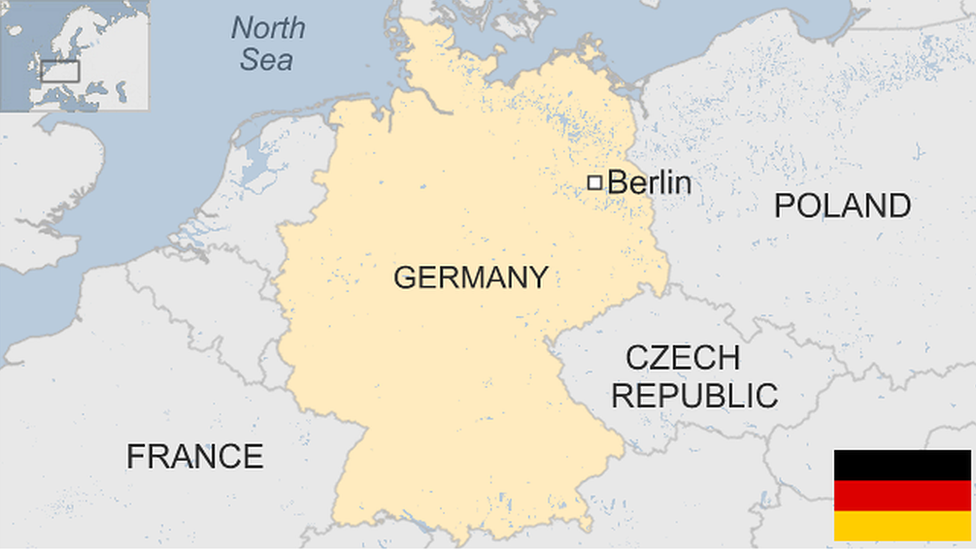
Credit: www.bbc.com
Social Life and Customs
Social life in the North German Union was vibrant. People enjoyed spending time with family and friends. Festivals and events were common. People visited cafes and theaters. Social customs were important. Respect and politeness were valued.
Challenges and Achievements
The North German Union faced challenges. There were political conflicts and wars. But the union also achieved many things. It helped unify Germany. It had a strong economy. The union made progress in education and technology. These achievements were significant.
Legacy of the North German Union
The North German Union left a lasting legacy. It played a key role in German history. Its culture and traditions are still celebrated. The union’s achievements in various fields are remembered. The North German Union remains an important part of European history.
Frequently Asked Questions
What Is The North German Union?
The North German Union was a federation of northern German states formed in 1867.
How Was The North German Union Formed?
It was established after the Austro-Prussian War, uniting various northern German states.
Which States Joined The North German Union?
Prussia, Saxony, Mecklenburg, and others joined the North German Union.
What Was The Capital Of The North German Union?
Berlin served as the capital of the North German Union.
Conclusion
The North German Union was a remarkable country. It had a rich history and culture. Its economy was strong and diverse. The union made significant contributions to education and technology. The legacy of the North German Union continues to inspire. It remains an important part of the world’s history.


